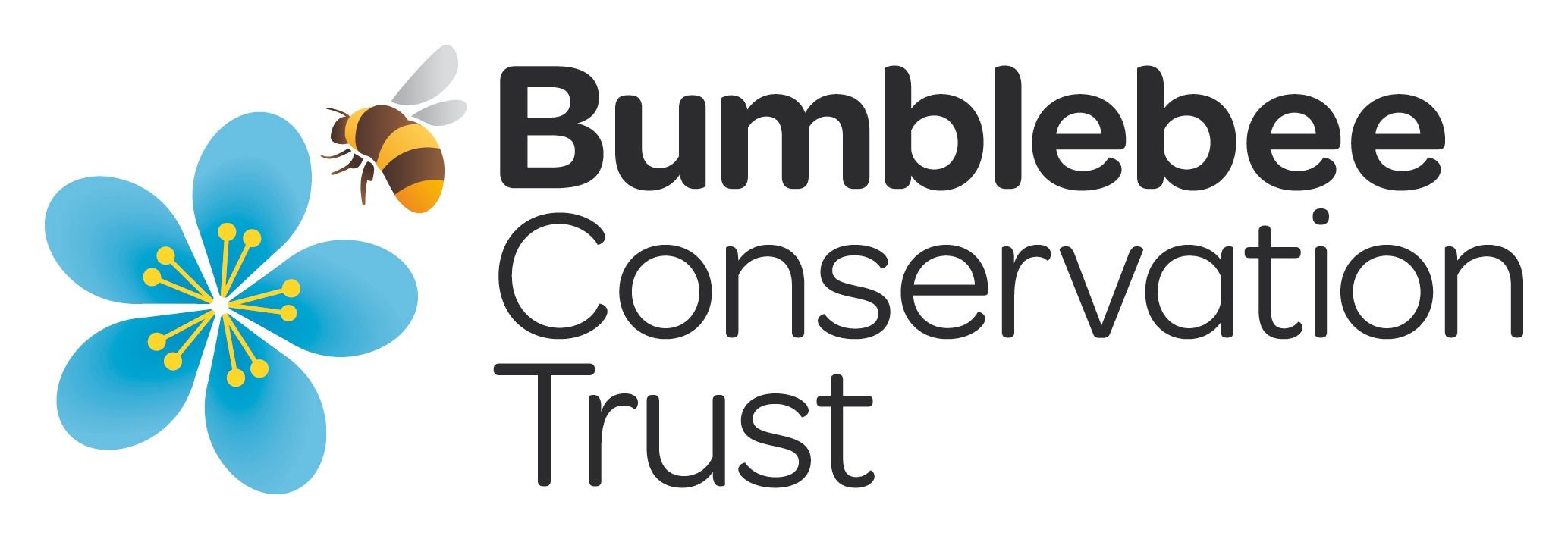The Great Yellow bumblebee is an iconic species, easily identified by its golden yellow colouration with a distinct band of black hairs between the wings. It was once widespread throughout the UK, but has declined dramatically over the last century. It is now restricted to the coastal Highlands and Islands of Scotland. Remaining populations can be found in the Outer Hebrides, the north coasts of Caithness and Sutherland on the mainland and on Coll, Tiree and the Orkneys. They tend to be associated closely with the flower-rich Machair habitat.
The Great Yellow is a late-emerging bumblebee and queens are usually seen from mid-June. They nest in old mouse nests, vole runs, rabbit burrows and other holes under grass tussocks. Small colonies of 20-50 workers are seen from mid-July. Males and daughter queens emerge in August and, after mating, queens hibernate in deep plant litter or grass tussocks.
Action Needed
- Support farming practices that create suitable habitat for the Great Yellow bumblebee to forage, nest and hibernate.
- Help promote action to reduce the impacts of climate change
- Ensure the Pollinator Strategy for Scotland (a priority of the Scottish Biodiversity Strategy) is fully implemented.
- Help raise awareness of our BeeWalk citizen science scheme, where volunteers record essential data about bumblebee populations
Threats
The distribution of Great Yellow bumblebee has declined by 80% in the last century, making it one of the UK’s rarest bumblebees.
Loss of flower-rich meadows and the intensification of farming and grazing practices have driven this species to the edge of its range.
Threats associated with a loss of Machair habitat, including climate change and increasing economic pressure on traditional crofting practices.
MSP Nature Champion

Alasdair Allan
Member for: Na h-Eileanan an Iar
Region: Highlands and Islands
Party: Scottish National Party


